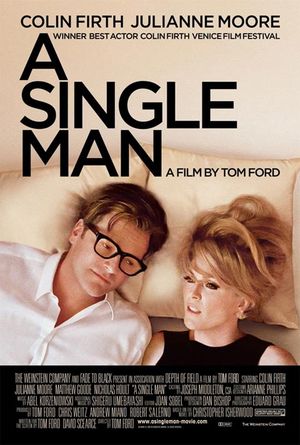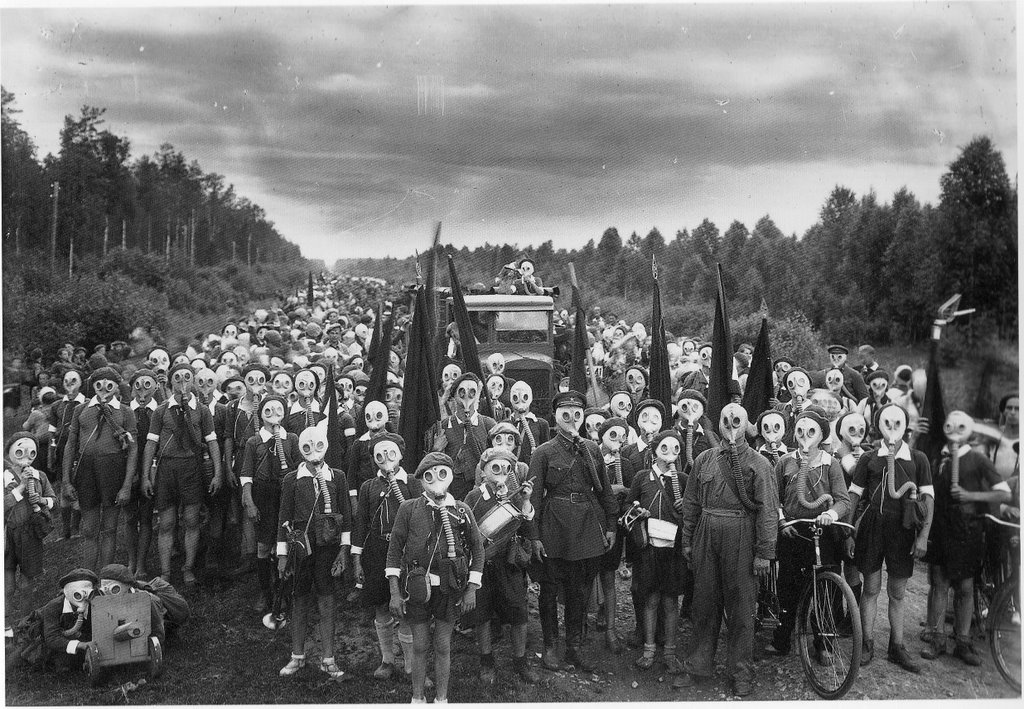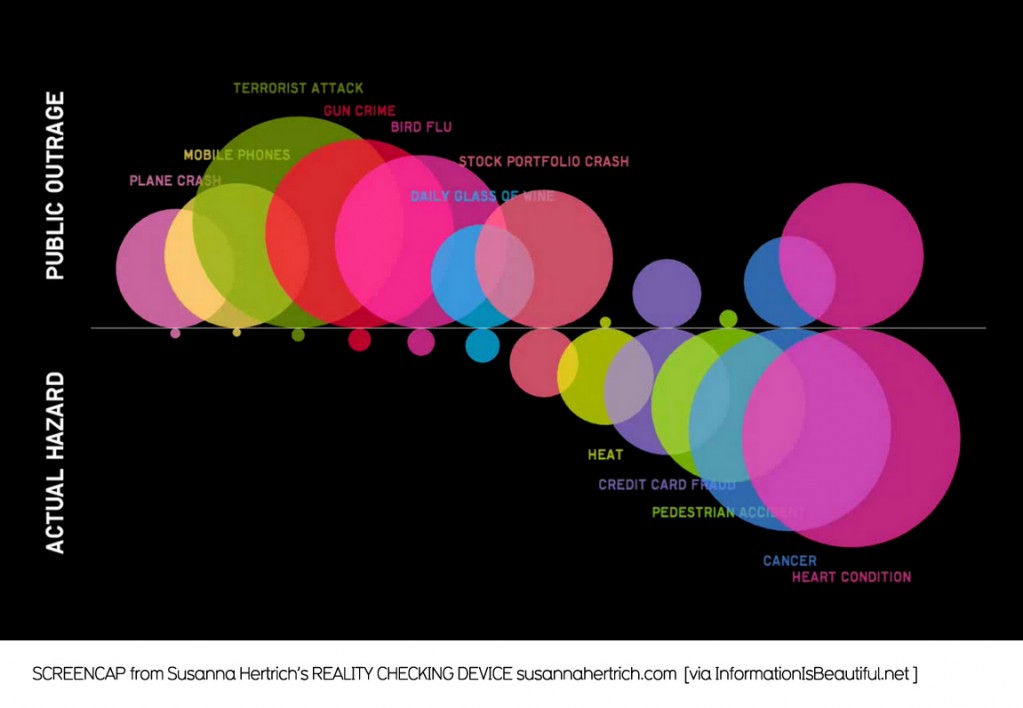Nora R. sent us a link to an article at Band of Thebes about how promotional materials for the movie “A Single Man,” staring Colin Firth, have been altered to imply that the central relationship in the movie is heterosexual, and to eliminate references to the fact that Colin Firth’s character also has male lovers. A poster for the movie:

The first trailer:
The second trailer, which emphasizes heterosexual desire:
From the post at Band of Thebes (quote is originally from another article, but you have to sit through a 30-second ad to get to it; there’s a link at the Band of Thebes post if you want to see it):
Peter Knegt reports:
“The new trailer essentially is altered to suggest the core of the film is the relationship between Colin Firth and Julianne Moore’s characters, even removing from the end of the trailer the names of both Matthew Goode and Nicholas Hoult (who play Firth’s love interests). Moreover, in the first trailer, we see Firth’s character kiss both Goode and Moore, in the second we just get Moore. There’s also a sequence of shots in the first trailer which crosscuts Firth, who plays a professor in the film, staring into the eyes of both a female student and a male student. In the second, as you might guess, we only get the female (in a telling twist, instead of cutting to the male eyes, the trailer cuts to a quote from Entertainment Weekly saying ‘[Firth’s] performance is bound to win attention in this year’s Oscar race’).”
Of course, studios often manipulate what a movie appears to be about to appeal to as wide an audience as possible. If you saw some of the previews for “Twilight” that were shown before movies that targeted men, you’d think the movie was a lot more violent and action-heavy than it actually was (I presume to the dismay of some of the viewers who went to see it thinking they were seeing a vampire action movie).
But it’s interesting that a movie in which the main male character’s relationships with other men is a central element is advertised with that main plot point obscured.








